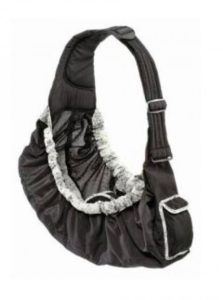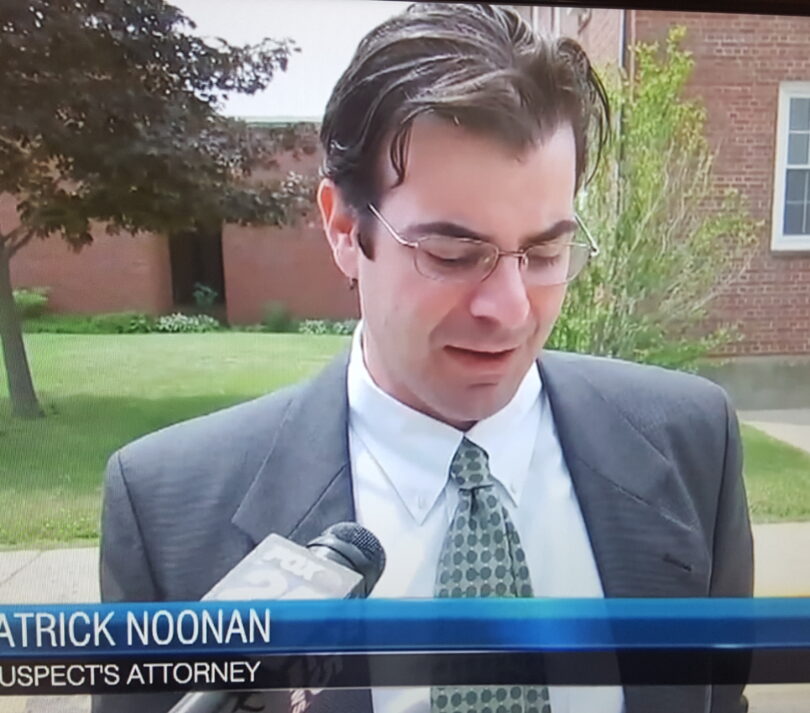The Tragedy of Child Suffocation Accidents

One million Infantino SlingRider baby slings were recalled in 2010 after three babies suffocated in the slings.
There is nothing more heartbreaking to a parent then having a child injured or killed in a suffocation accident. As in the case of many accidents regarding babies and children, most of the time a parent’s first instinct is to blame themselves. They will often engage in “we could have” or “should have” thinking. But there is often more to these accidents than people realize. Often times the facts of the accident reveal that the responsibility for such an accident lies elsewhere.
Suffocation injuries and deaths most commonly occur among infants ages 0 to one year old. Infants do not have the strength to pick up their heads and move them when their face and mouth are pressed against soft objects. Toddlers and preschoolers do have the strength to reposition their body in these circumstances. However, most suffocation deaths for these older children occur when they are trapped in a container like a refrigerator or when a plastic bag gets wrapped over their head.
Suffocation is also known as asphyxiation. Asphyxiation is a subtle and quiet killer that can sneak up on children. Once a children is found in a dangerous suffocation situation each passing moment brings less oxygen into the body. As a result, more and more carbon dioxide begins to fill their body and this increases the likelihood of blackout. Often times children become aware of the problem before it is too late. Most times children start to realize they need air right before they blackout from oxygen deprivation. Serious injuries follow once they blackout and loose consciousness.
Child Accidental Suffocation Statistics
From 2008 to 2011 more infants died of suffocation because of unsafe sleeping conditions than all other accidental deaths in children 14 years and under. Research shows that 50% of all infants are sleeping with bedding that poses a suffocation risk. Underweight infants are 300 percent more likely to suffocate than an infant of normal weight. Pillows cause 60% of all infant suffocation accidents every year.
What are Common Child Suffocation Hazards?
- Plastic shopping bags: toddlers are curious and physically capable of reaching out and grabbing these bags.
- Saran wrap: children often use this as a toy. Wrapping a friend up in saran wrap like a mummy might be too tempting to resist
- Suit holders
- Dry cleaning bags
- Fridges, large coolers, freezers, suitcases and airtight or sealable containers: These places could be mistaken as the perfect hiding spot in a game of hide and seek.
- Bedding
- Pillows
- Bean bag Chairs
- Water Beds
- Baby Slings
- Air Mattresses
Who Can be Held Responsible for Child Suffocation Accidents?
Product manufacturers, designers and sellers could be responsible under product liability law. Millions of baby cribs have been recalled in the past due to child suffocation injuries. Many crib recalls were initiated because infants were rolling around in their cribs and getting trapped between the crib mattress and the side of the crib. This problem has caused many suffocation injuries. Baby sling manufacturers have recalled millions of their slings in the past because of design defects. Many slings pressed the infants face into the parents chest resulting in suffocation injuries.
Many product liability claims have been brought against companies that did not make, design or sell baby products. While their products were not specifically designed and sold for child use it was reasonably likely that a child would in fact use the product and suffer a suffocation injury. Bean bag chairs and air mattresses have caused child suffocation injuries. And while these products might not have been made with infants in mind, manufacturers should have anticipated that infants would used such products. In situations like this the manufacturer needed to add a child suffocation warning on the product.
Child caregivers have a duty to act like the average ordinary caregiver would in any given situation. Child caregivers, day care centers, nurseries, schools and babysitters know or should know of the suffocation hazards that exist. If a caregiver failed to take these suffocation hazards into consideration and exposed a child to these hazards their negligence will be the cause of any suffocation accident and injury. This would allow us to bring a claim on your behalf.
Product recalls can assure that a defective product wont be sold on the marketplace again. However, just because a recall was ordered it does not mean that all the dangerous products that were sold before the recall are not being used. Often times child caregivers, child care centers and day cares do not know a recall has been issued. As a result they continue to use the hazardous product which continues to subject children to hazardous suffocation risks. They are responsible for your child’s injuries in this case.
Boston Area Experienced Wrongful Death and Child Suffocation Injury Attorneys
Initial Consultations Are Always Free
If your child suffered an injury or fatality in a suffocation accident then call a child suffocation injury lawyer at The Law Offices of Gerald J. Noonan today. We have a proven track record with over 35 years of legal experience. Our child injury attorneys have successfully represented countless families over the years.
No matter where you are located, we are just a phone call away. Call our law offices today to schedule a free no-obligation case review and consultation at (508) 588-0422 or click the link below to use our Free Case Evaluation Form.
Our lawyers assist accident victims throughout all of Southeast Massachusetts including, but not limited to, those in the following counties, cities and towns: Plymouth County including Brockton, Plymouth, Bridgewater, Marshfield, Hingham, Duxbury, Wareham, Abington, Rockland, Whitman, Hanson, Middleborough; Norfolk County including Quincy, Stoughton, Dedham, Weymouth, Braintree, Avon, Holbrook, Randolph, Canton, Sharon, Brookline, Franklin; Bristol County including New Bedford, Fall River, Taunton, Attleboro, Mansfield, Easton, Raynham, Norton; and the Greater Boston area including Cambridge, Dorchester, Roxbury and Somerville.



